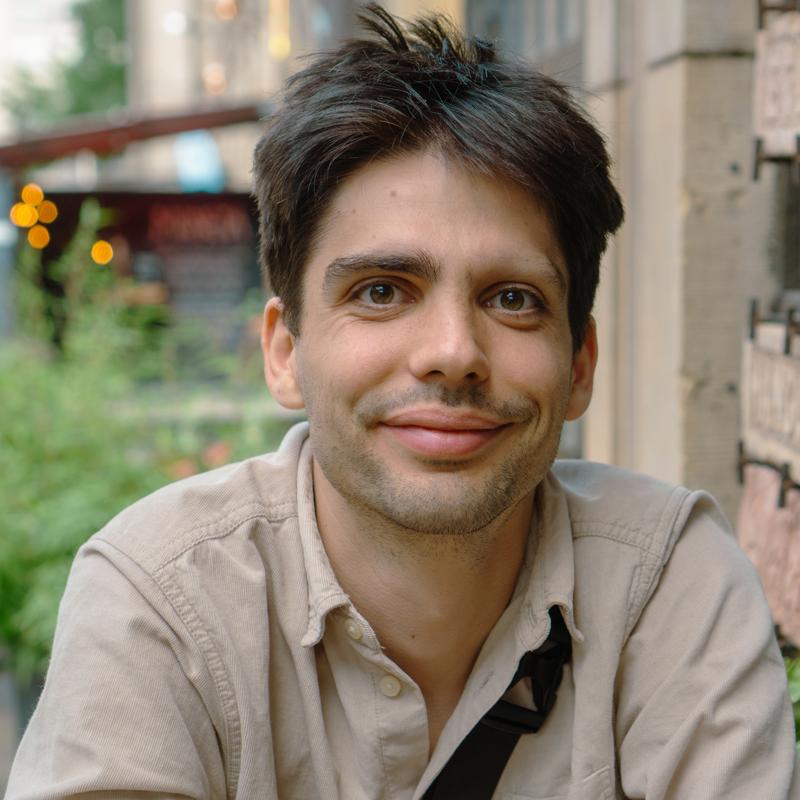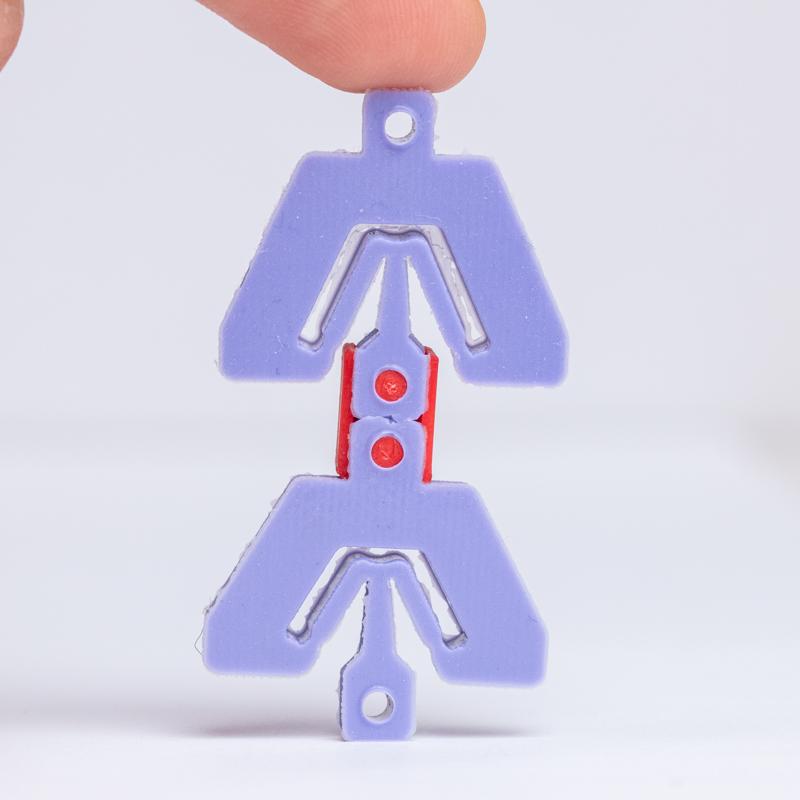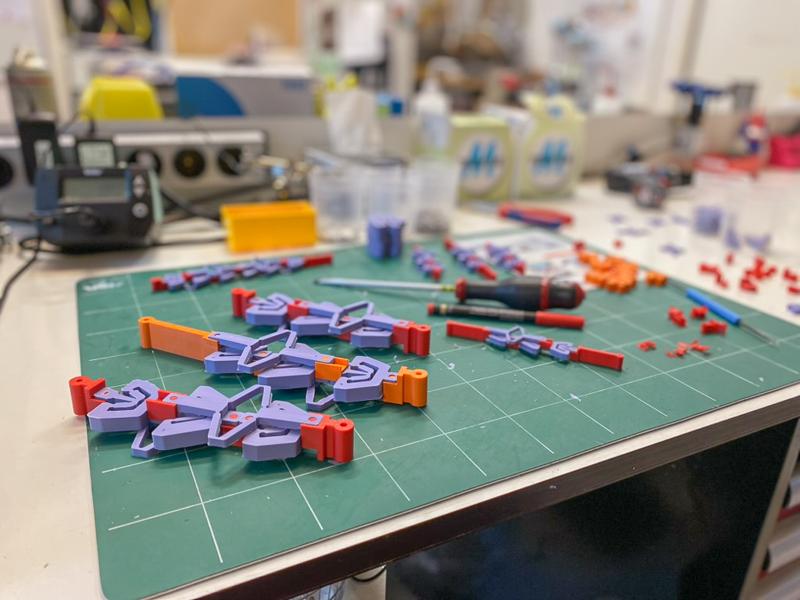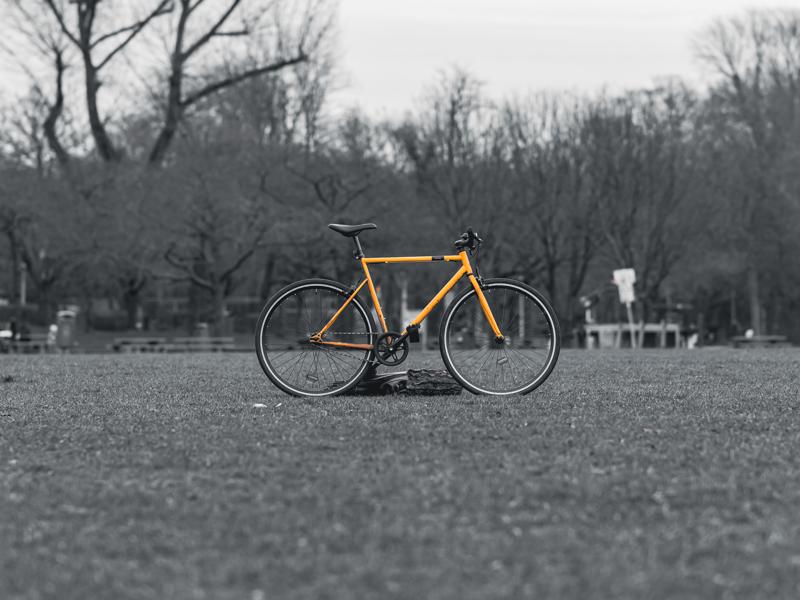
My name is Paul Ducarme. I am currently pursuing my PhD within the Soft Robotic Matter group at AMOLF, a research institute based in Amsterdam, Netherlands.
I am generally fascinated in the complexity hidden in ordinary things. I am attracted to things simple in appearance yet leading to rich or surprising properties. I believe that studying them is the perfect opportunity to get closer to a deeper and fundamental understanding of physics, or to inspire new inventions.

In particular, I am interested in uncovering the complex phenomenology originating from nonlinearities and instabilities in mechanical systems. For example, building blocks capable of snap-through instabilities pop in non-trivial sequences when loaded in series. Or, softening, stiffening and nonmonotonic blocks can form structures able to suddenly shorten while increasingly tensioned! What else could we achieve using seemingly simple mechanical entities? What do those structure teach us about the interplay between geometry and elasticity?

In this quest, I often find myself designing and fabricating parts with new architectures. I really enjoy that process. It lets your creativity develop and brings together the savvy garnered through many stages of life — sense of aesthetics and symmetry, math and geometry, computer-aided drawings, dexterity, handling tools and machines, testing, iterating.
To guide the design process and gain insights in the physics, I like to develop my custom simulation tools based on simplified models. More often than not, I find that these models are better suited over FEA simulations. I believe there are two types of models: the stripped down ones to gain insights, the realistic ones to make quantitative predictions.

In my free time, I like riding unicycles and bicycles (most beautiful purely mechanical inventions), taking photographs, playing the ukulele, the guitar and the keyboard, reading the daily homepage of Wikipedia, and trying to do nothing.
If you want to connect, feel free to email me at paulducarme@hotmail.com.
My cv can be viewed here (updated last in Oct 2025).